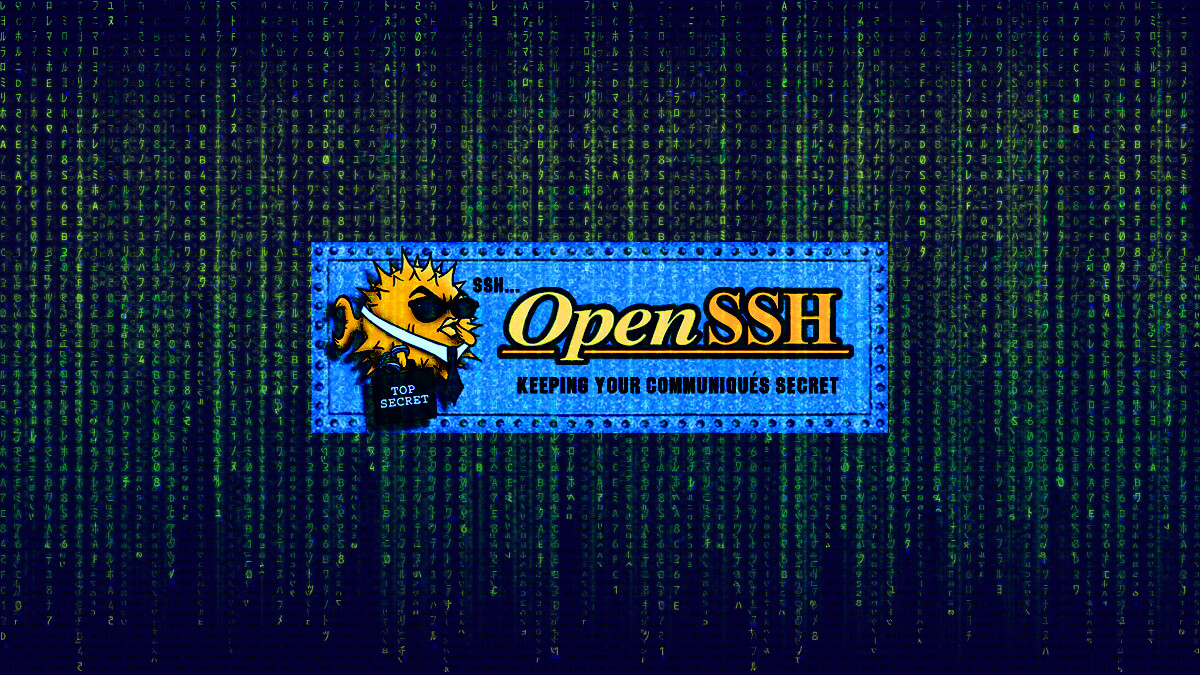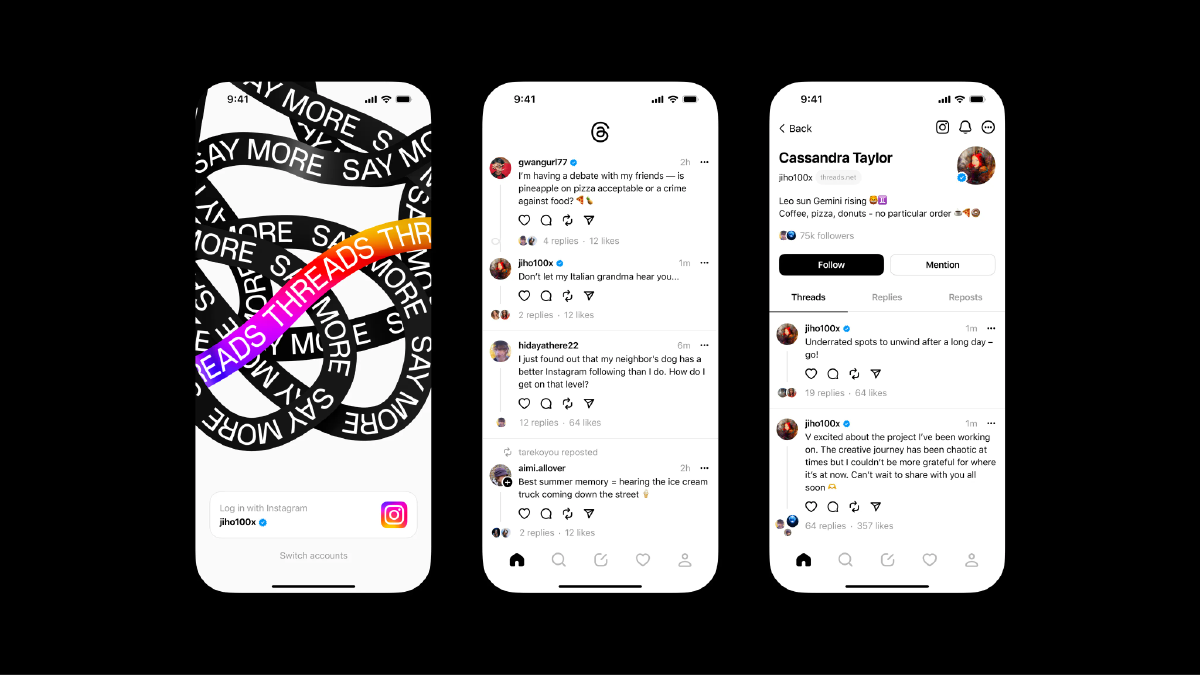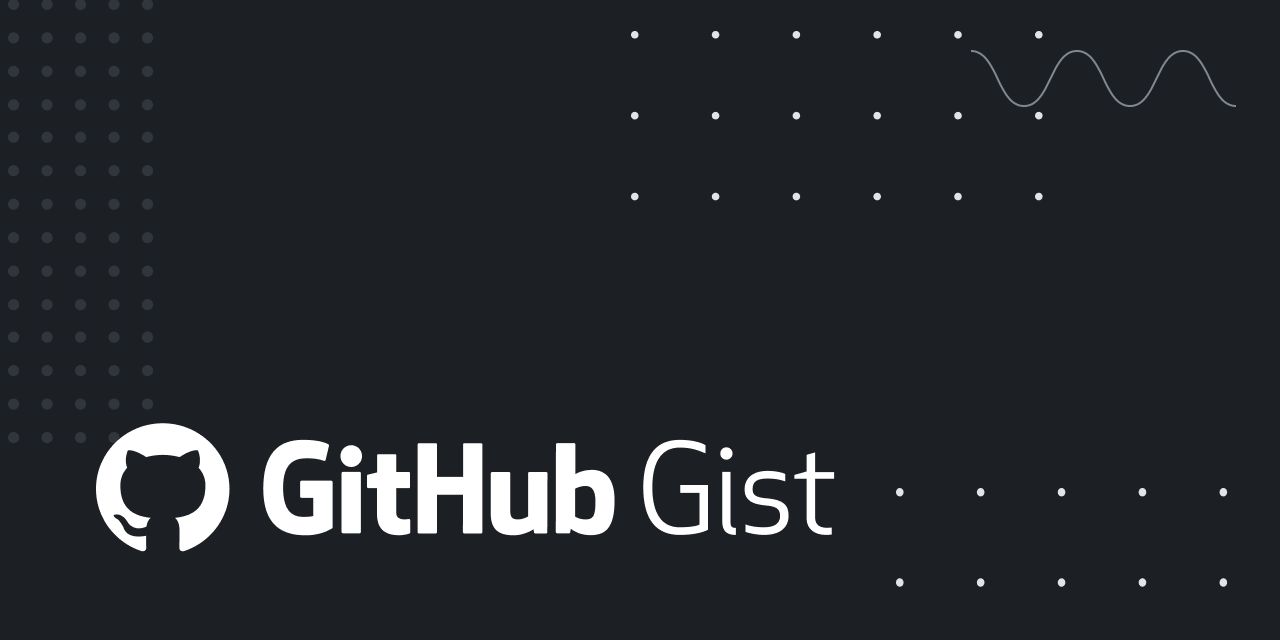

This. I don’t even need real “scripts”, I just plug my big drive into my laptop, start dropbear and use the shell (fish) history to get the right command. Takes about 15s to do everything :p
If you want a more continuous thing, you can look into Syncthing or something like that.




















I’ll add a pretty good classic that I haven’t seen mentioned yet: The Mentalist
Excelent performance by Simon Baker, of course, as well as from the supporting cast. First seasons are really good, with some great finales. Quality drops a bit past season 4/5 imo, but it’s still enjoyable.